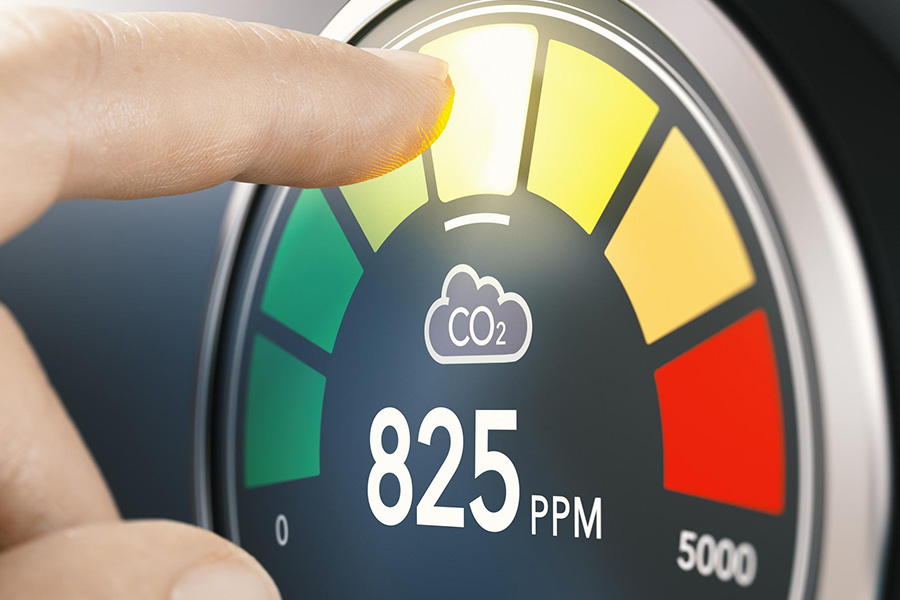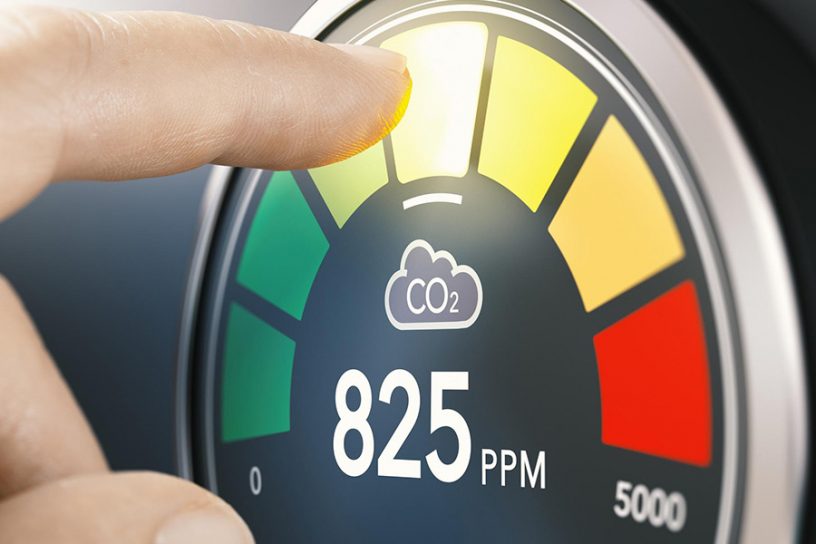
The research offers a summary view of Low-Cost Air Quality Sensors (LCAQS), to offer the urban sustainability authorities, ‘complementary’ technique to bolster and diversify the existing network.
Authors
Sriroop Chaudhuri, Co-Director, Center for Environment, Sustainability and Human Development (CESH), Jindal School of Liberal Arts and Humanities, O.P. Jindal Global University, Sonipat, Haryana, India.
Arvaan Kumar, Department of Geography, Kings College, London, UK; Visiting Scholar, Center for Environment, Sustainability and Human Development (CESH).
Summary
In Delhi, the capital city of India, air pollution has been a perpetual menace to urban sustainability and public health. The present study uses a mixed-method approach to enumerate to the urban authorities: (a) the state of air pollution in the city; (b) systemic flaws in the current monitoring network; (c) potential means to bolster it; and (d) need of a participatory framework for monitoring.
Information about Air Quality Index (AQI), obtained from 36 monitoring stations across Delhi is compared between 2021 (20 April–25 May; 2nd year/phase of SARS-CoV-2 lockdown), and the corresponding time periods in 2020 (1st year/phase of lockdown), and 2019 (business-as-usual) using the Mann–Whitney U Test. AQI during the 2021 lockdown (a) appeared statistically more similar (p < .01) to that of 2019 and (b) exceeded the environmental health safety benchmark for 85% days during the study period (20 April–25 May). However, this only presented a partial glimpse into the air pollution status. It owes to numerous ‘holes’ in the AQI data record (no data and/or insufficient data).
Moreover, certain areas in Delhi yet have no monitoring station, or only too few, to yield a ‘representative’ estimate (inadequate spatial coverage). Such shortcomings in the existing monitoring network may deter future research and targeted/informed decision-making for pollution control. To that end, the present research offers a summary view of Low-Cost Air Quality Sensors (LCAQS), to offer the urban sustainability authorities, ‘complementary’ technique to bolster and diversify the existing network.
The main advantages and disadvantages of various LCAQS sensor technologies are highlighted while emphasizing on the challenges around various calibration techniques (linear and non-linear). The final section reflects on the integration of science and technology with social dimensions of air quality monitoring and highlights key requirements for (a) community mobilization and (b) stakeholder engagement to forge a participatory systems’ design for LCAQS deployment.
Published in: Environment and Urbanization ASIA
To read the full article, please click here.


